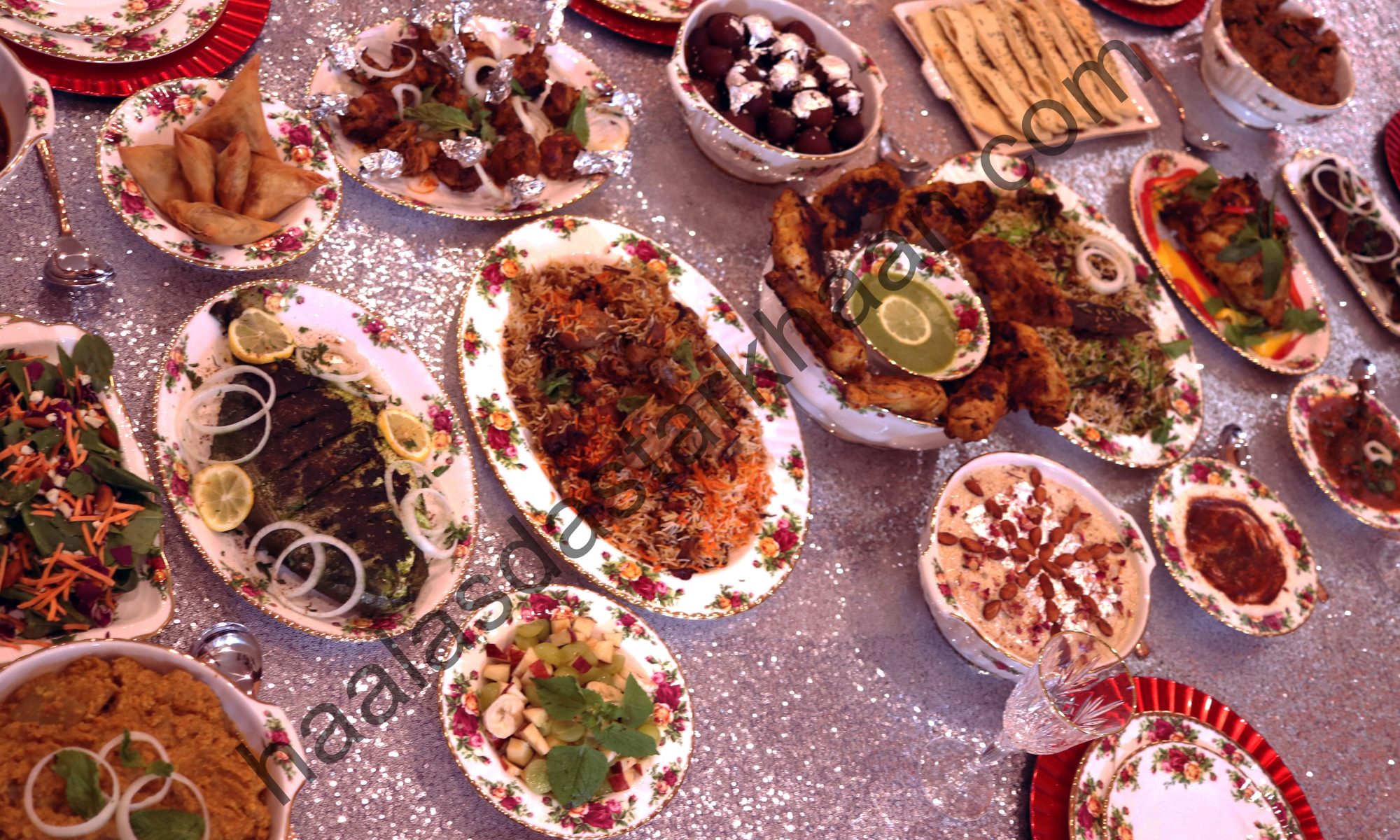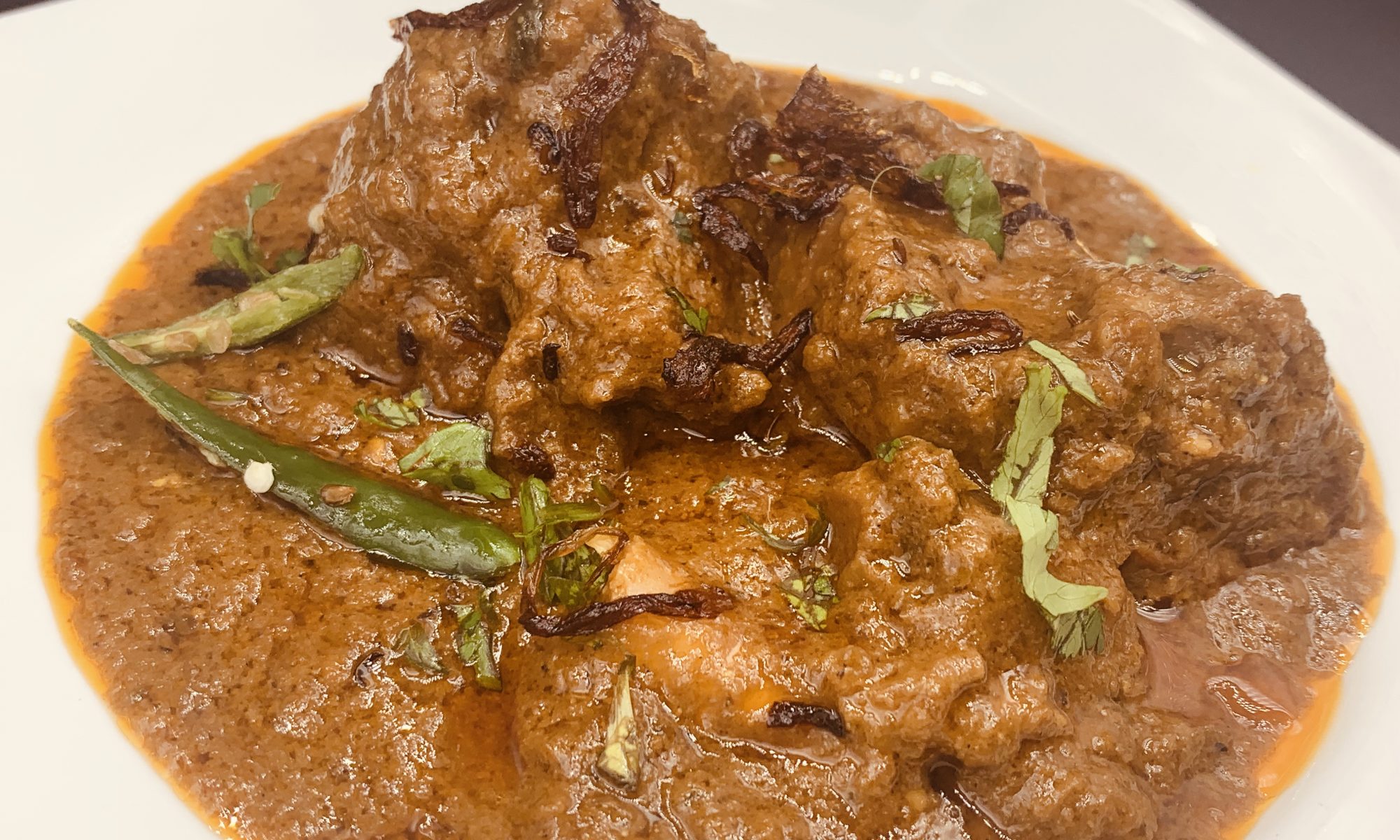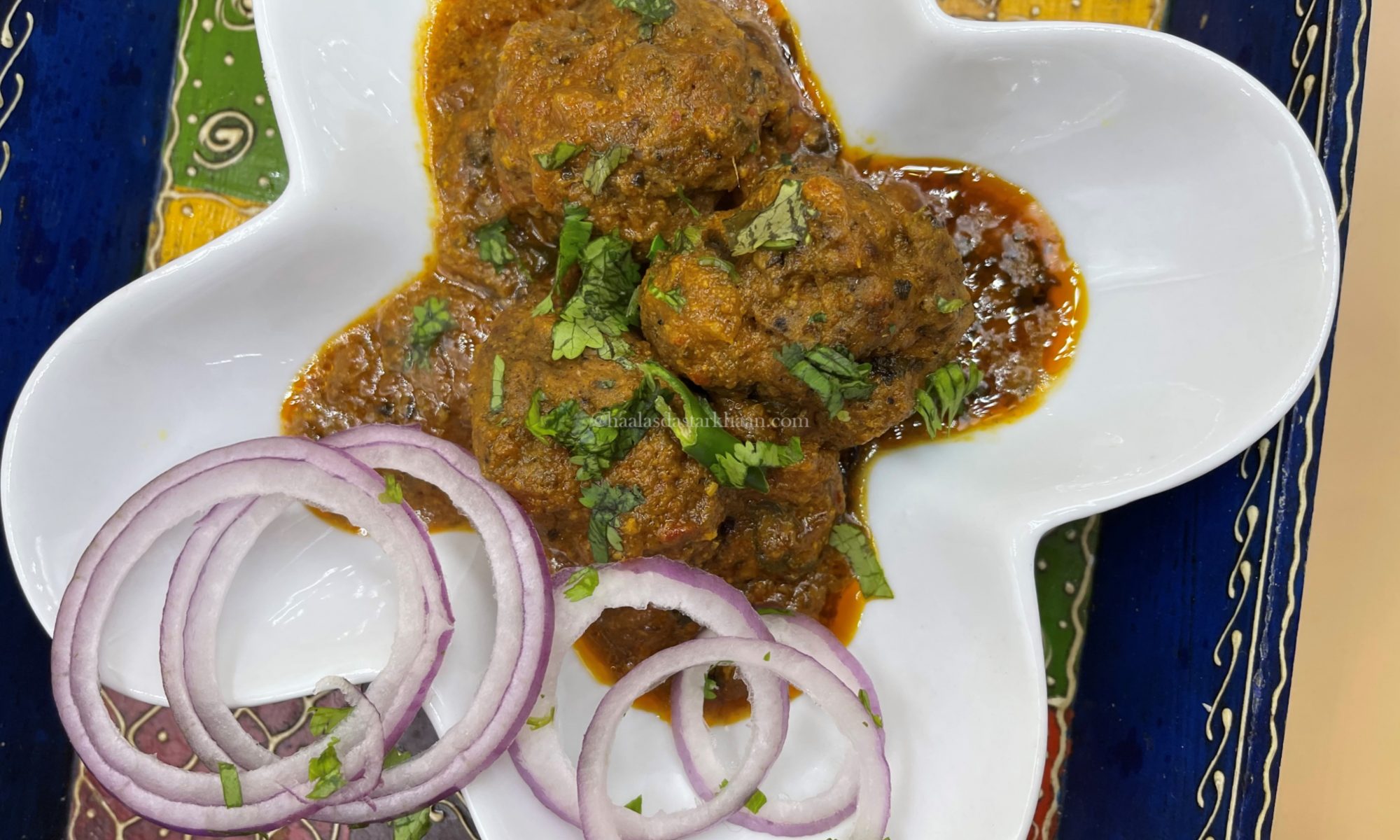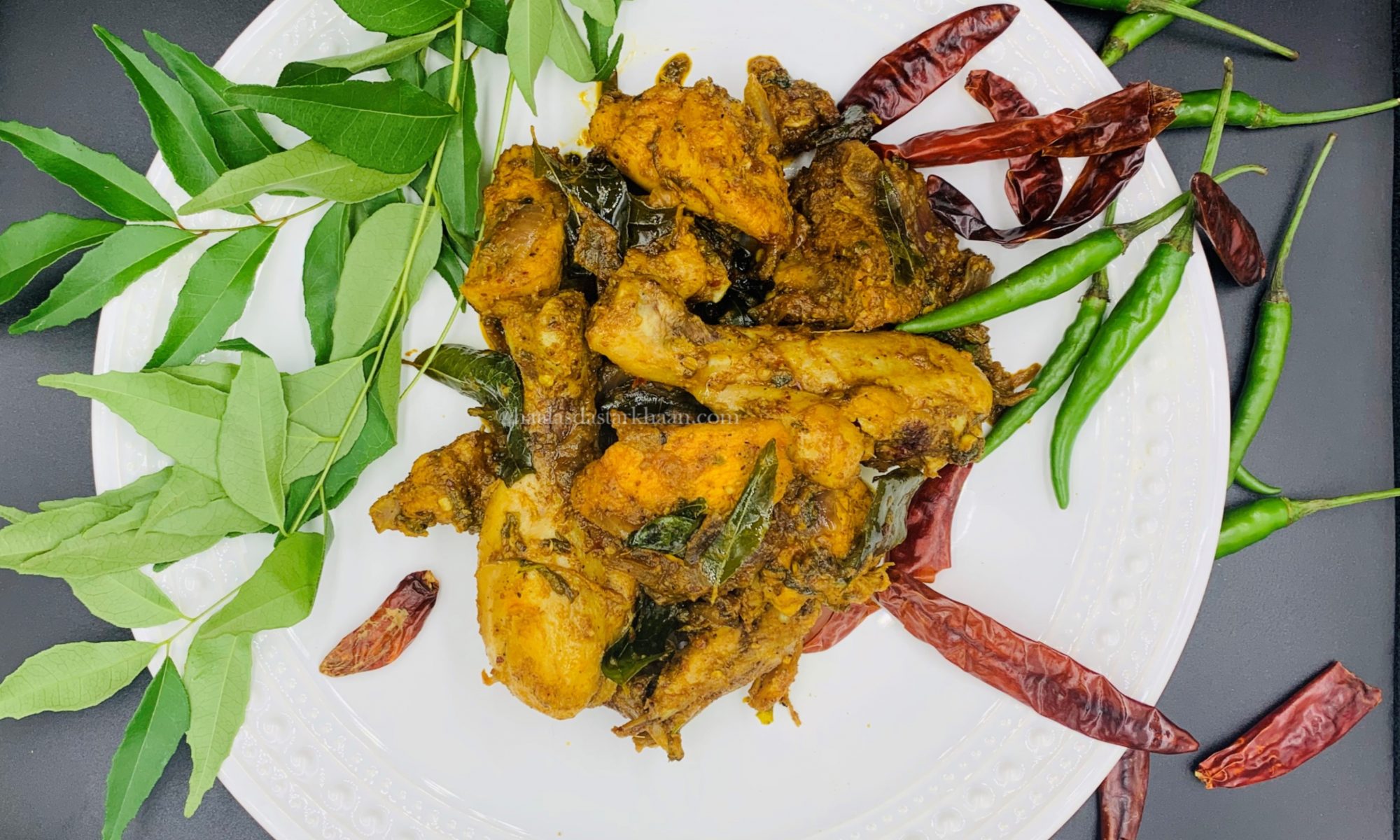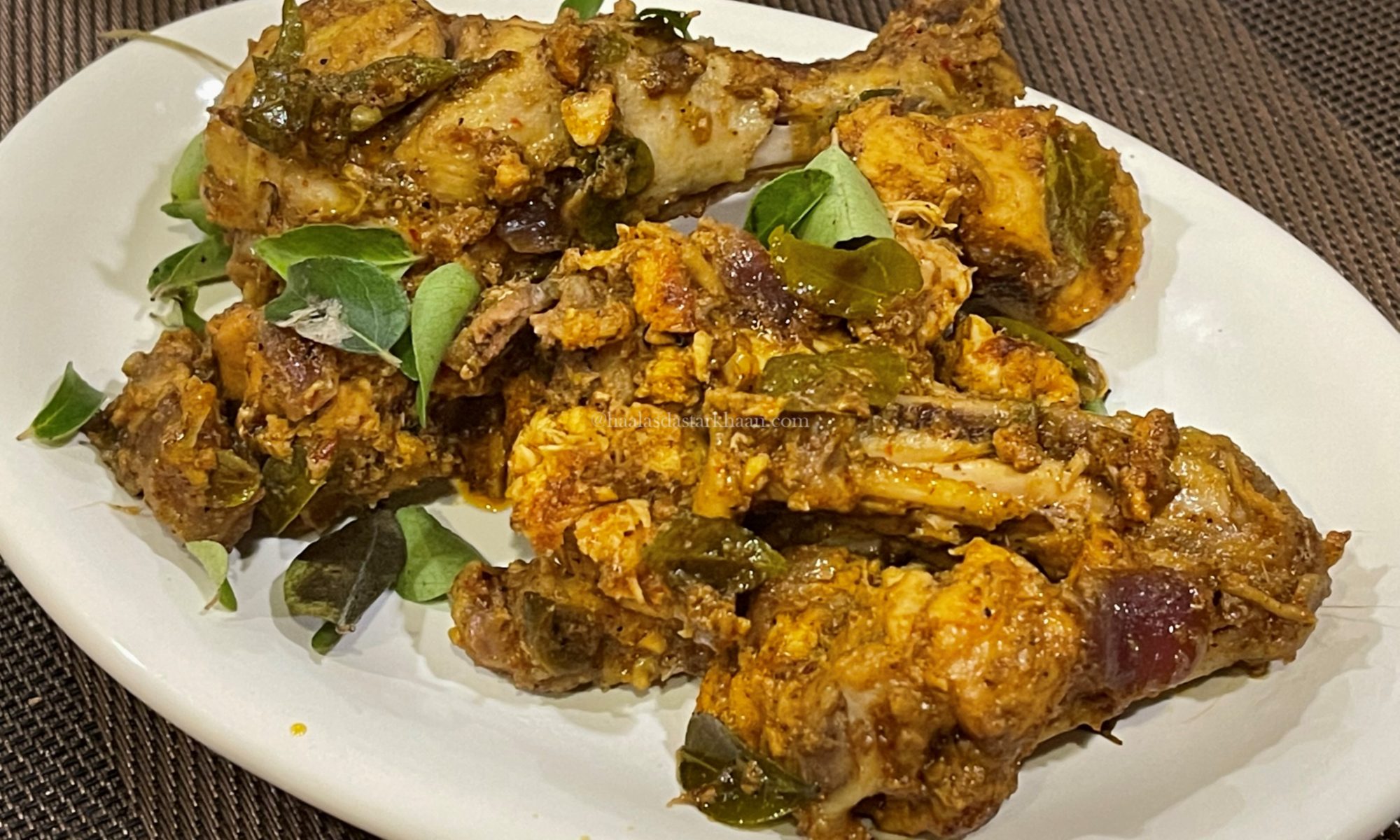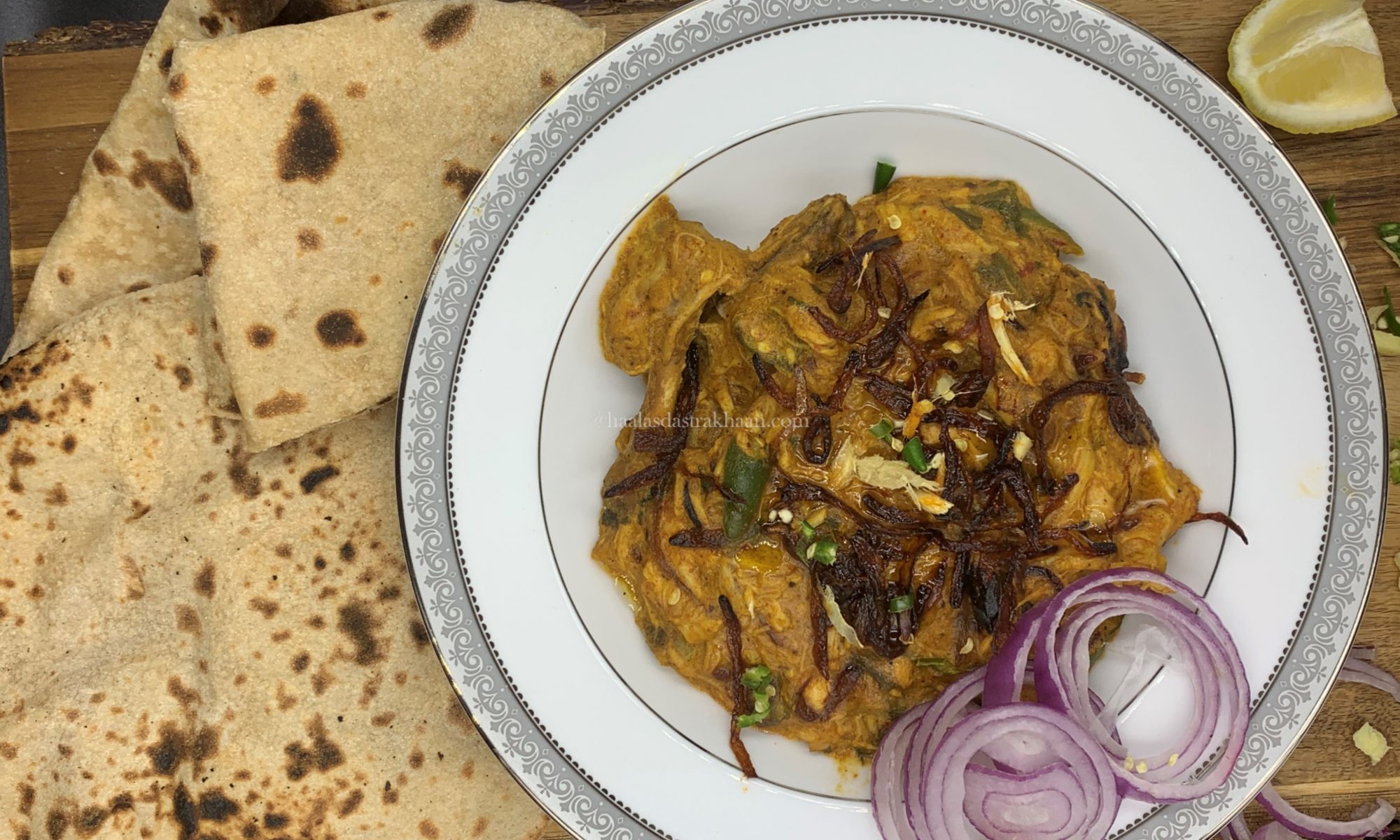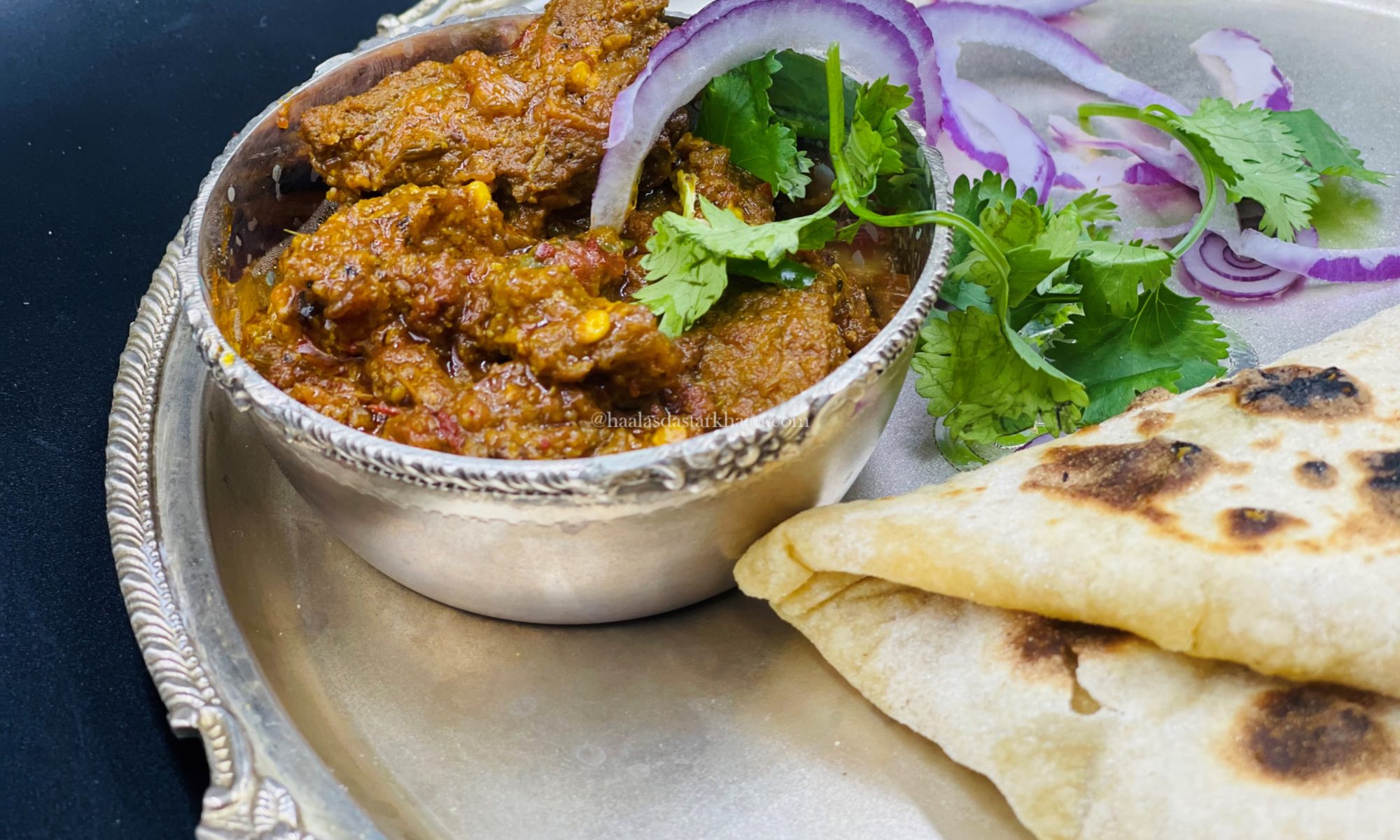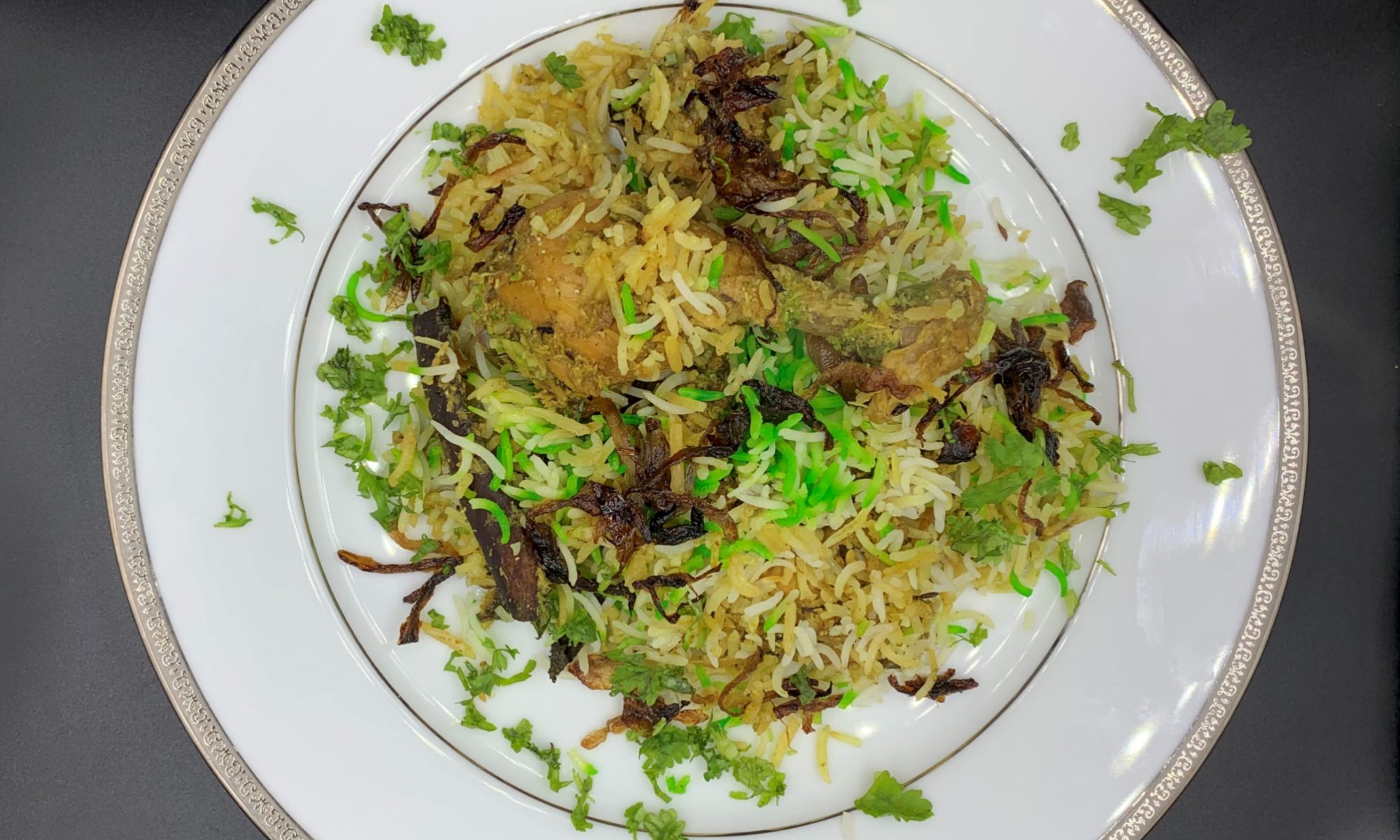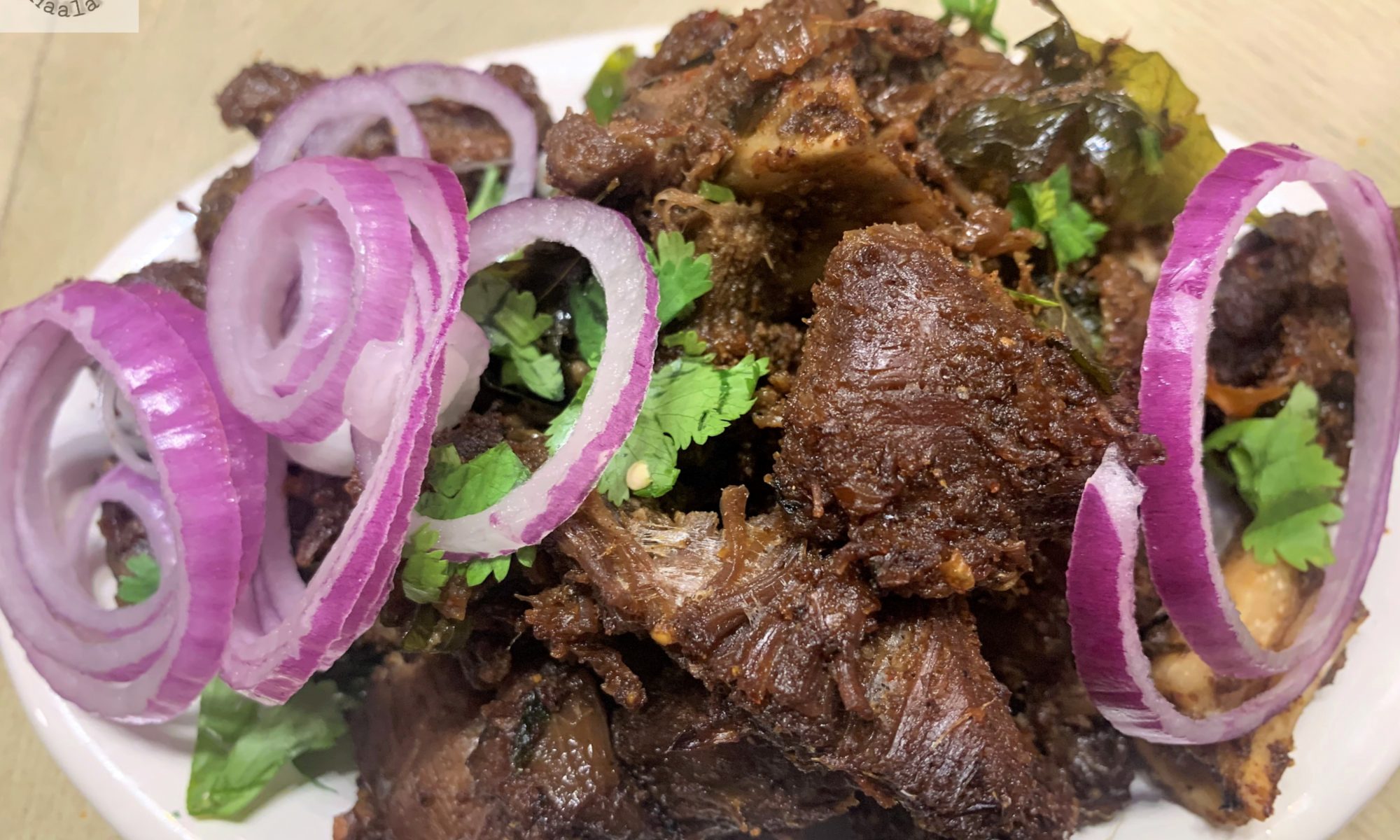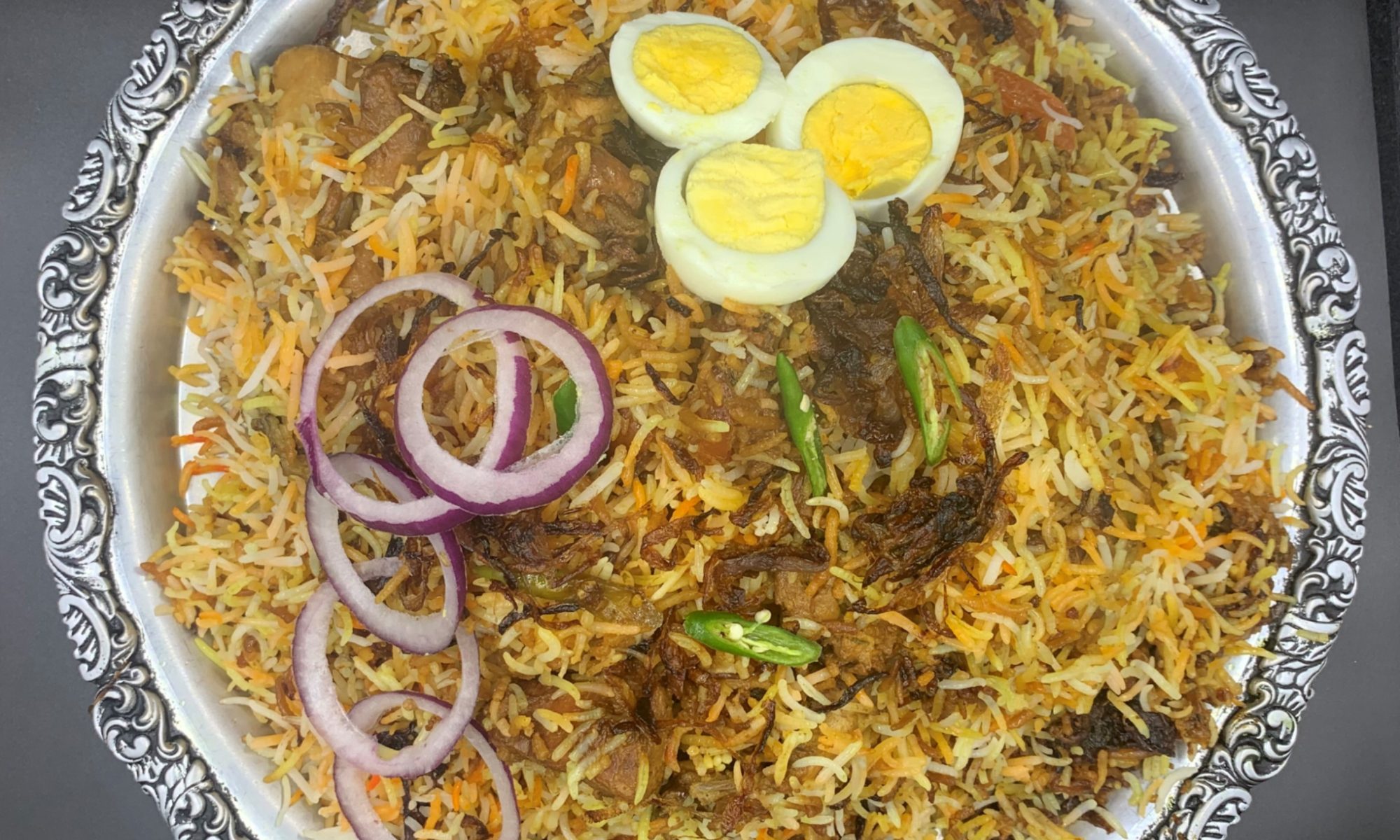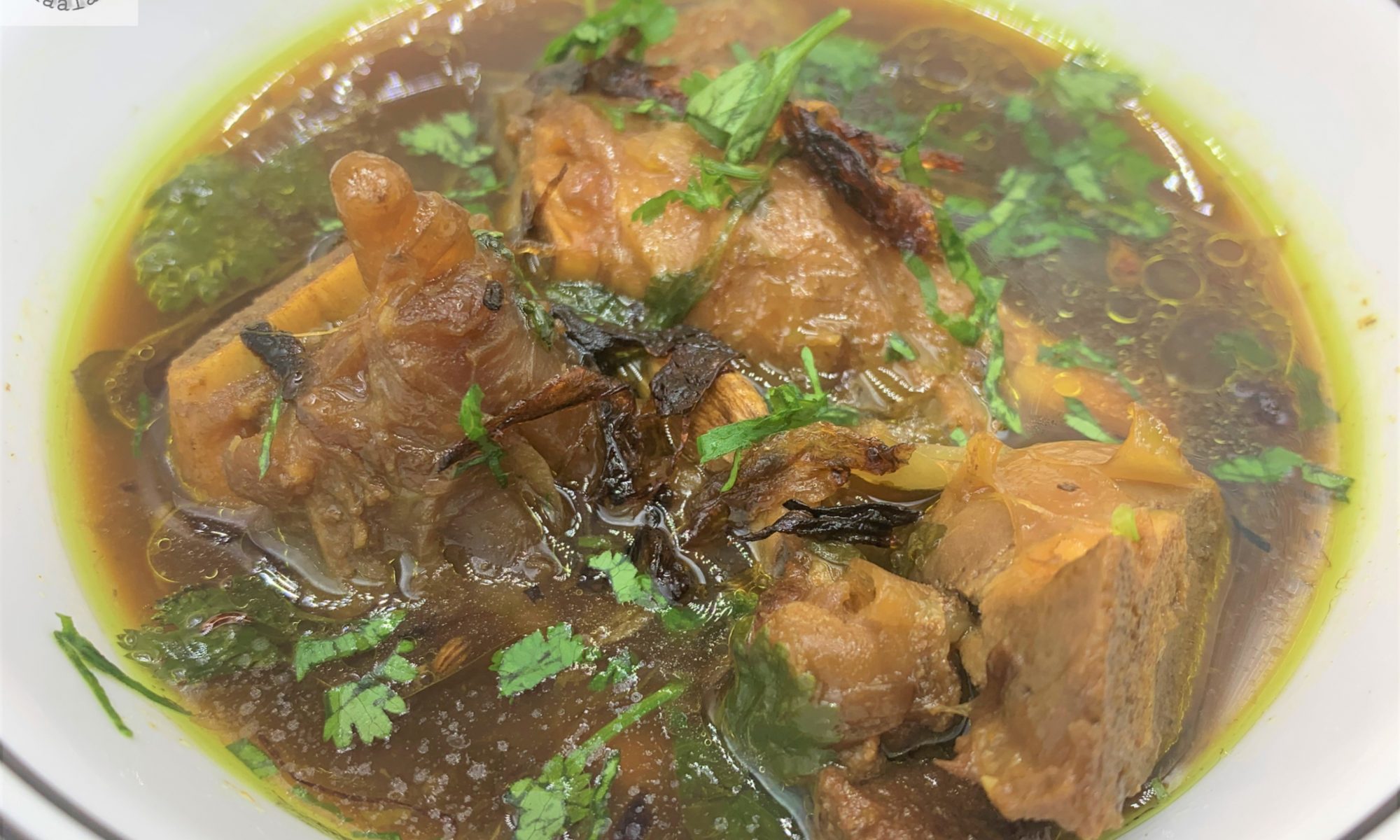Lucknowi Mutton Korma: A Dish That Feels Like Royalty
There’s something about Lucknowi food that feels like poetry—graceful, layered, and deeply comforting. The first time I made Lucknowi Mutton Korma, I wasn’t just cooking a dish—I was stepping into a legacy. A legacy of Nawabi kitchens, slow-cooked flavors, and the kind of elegance that doesn’t shout, but lingers.
This korma isn’t fiery or bold—it’s gentle, aromatic, and rich in a way that feels regal. The mutton is simmered until tender, wrapped in a velvety gravy made from browned onions, yogurt, and a delicate blend of spices. I add a touch of cashew-almond paste for depth, and finish it with saffron and kewra water—because some dishes deserve that final flourish.
What I love most is how this dish invites patience. It asks you to slow down, to let the flavors build quietly. And when you finally lift the lid, the aroma alone tells you it was worth the wait.
In our home, this isn’t just a recipe—it’s a celebration. Of heritage, of craft, and of the joy that comes from cooking with intention.
The Royal Flavors of Lucknow
Lucknow is renowned for its delicious and lip-smacking food. The biryanis and curries perfected in the kitchens of the Nawabs are what elevate India’s non-vegetarian cuisine to something truly regal. These dishes aren’t just meals—they’re legacies, passed down through generations of khansamas (royal chefs) who mastered the art of slow cooking, delicate spicing, and luxurious presentation.
While the Nizams of Hyderabad and the Mughals of Delhi also left behind rich culinary traditions, Lucknow’s Awadhi cuisine stands apart for its subtlety and refinement. The Nawabs of Awadh developed a style that was less fiery than Mughlai food, yet deeply aromatic and layered. Think of melt-in-the-mouth Galouti Kebabs, saffron-laced Lucknowi Biryani, and creamy Mutton Korma—each dish a testament to patience, precision, and poetry on a plate.
The influence of Persian techniques, Mughal grandeur, and local ingenuity combined to create a cuisine that’s both opulent and soulful. From the use of kewra water and rose essence to the slow dum cooking method, every detail was crafted to please not just the palate, but the senses.
Lucknowi Mutton Korma: A Royal Affair
- Origin: Rooted in the kitchens of Awadh, this korma was traditionally served during royal feasts and special occasions. It’s known for its subtle spice profile and luxurious texture.
- Key Ingredients:
- Mutton (bone-in)
- Yogurt for the velvety base
- Browned onions for depth
- Cashew-milk powder-almond paste for richness
- Fragrant spices: cardamom, cloves, cinnamon, mace
- Kewra water and saffron for that signature aroma
- Flavor Profile: Mild yet complex, with a gentle heat from Kashmiri red chilies and a nutty, creamy undertone. The spices are aromatic, not overpowering, allowing the mutton to shine.
